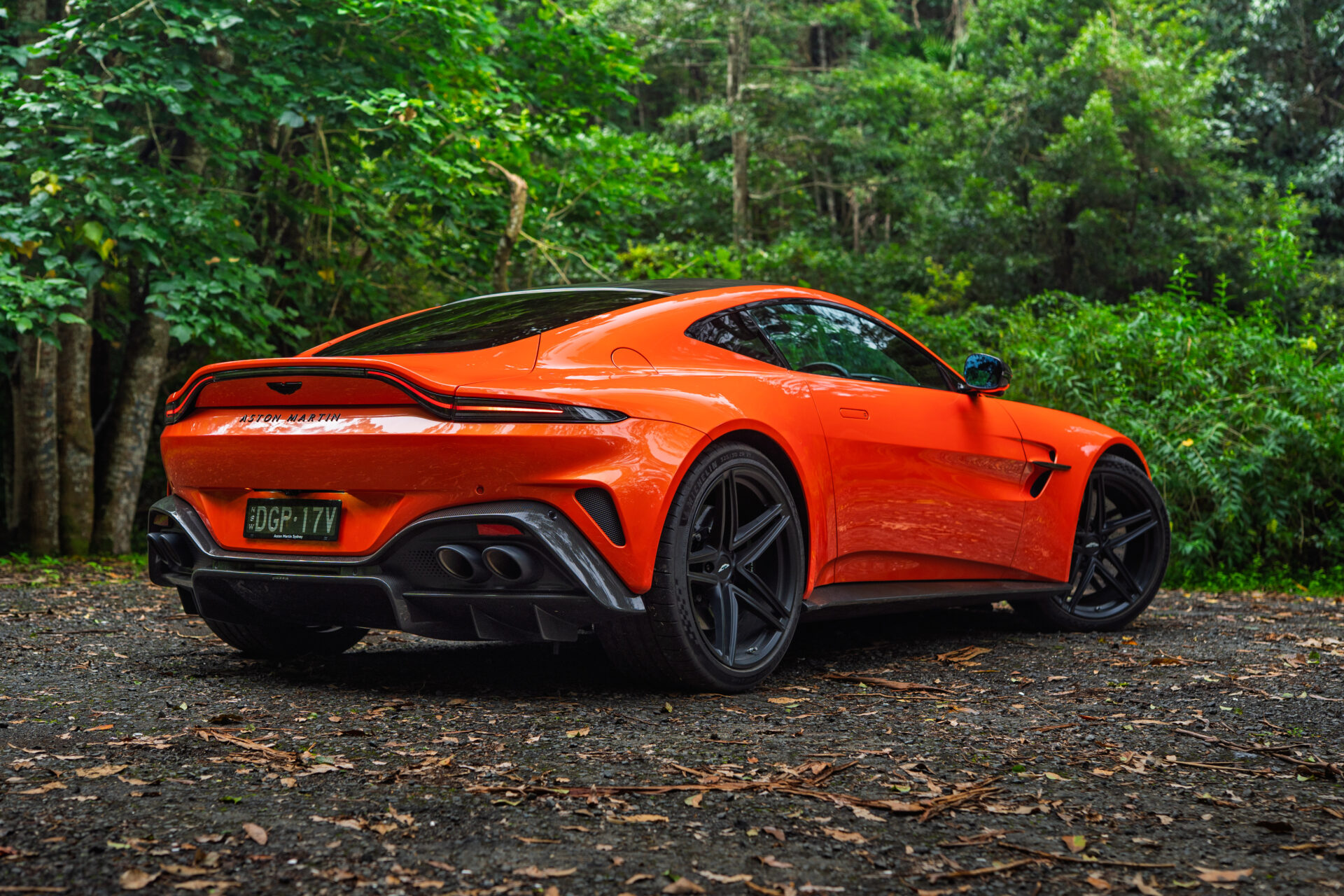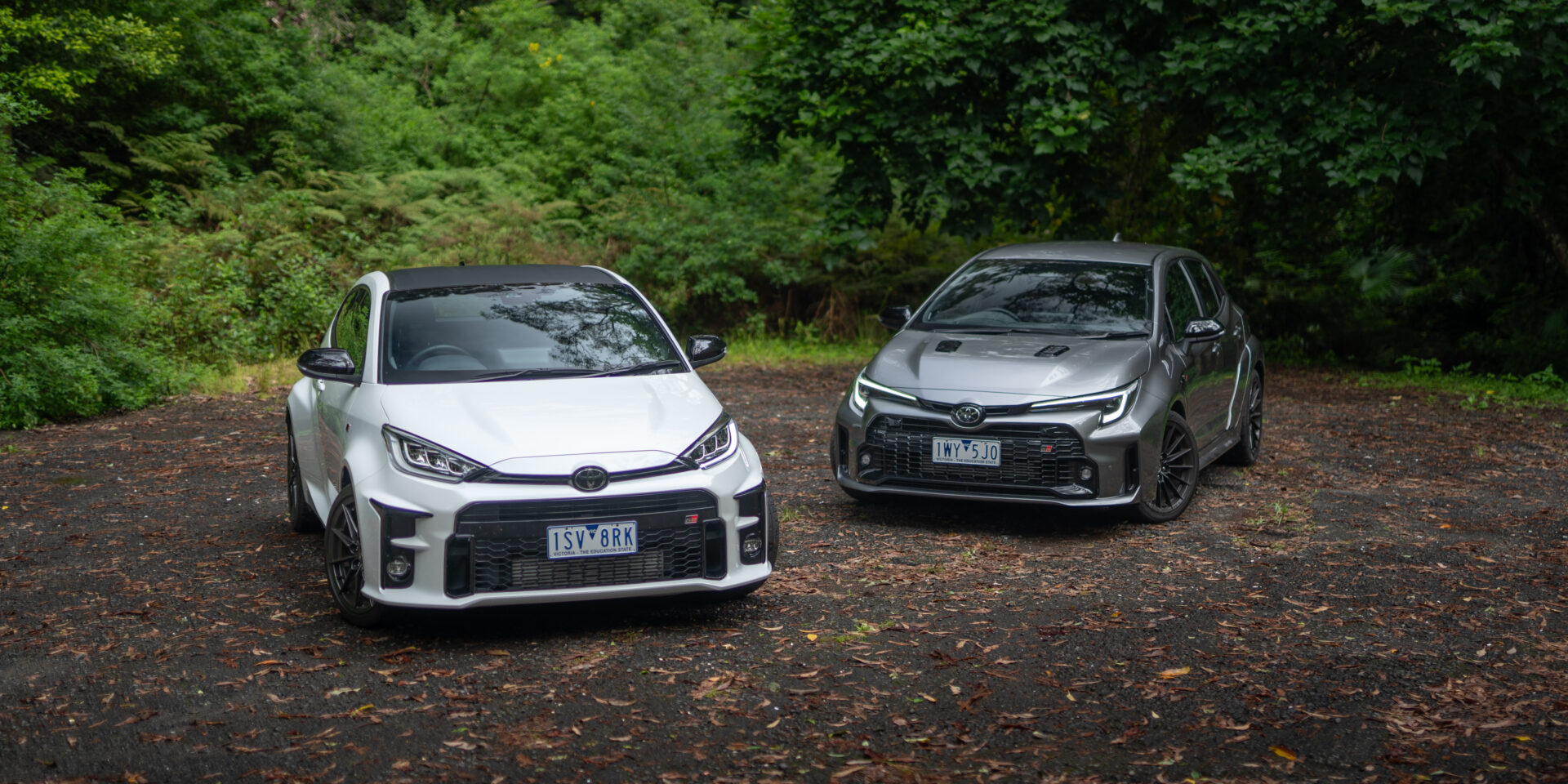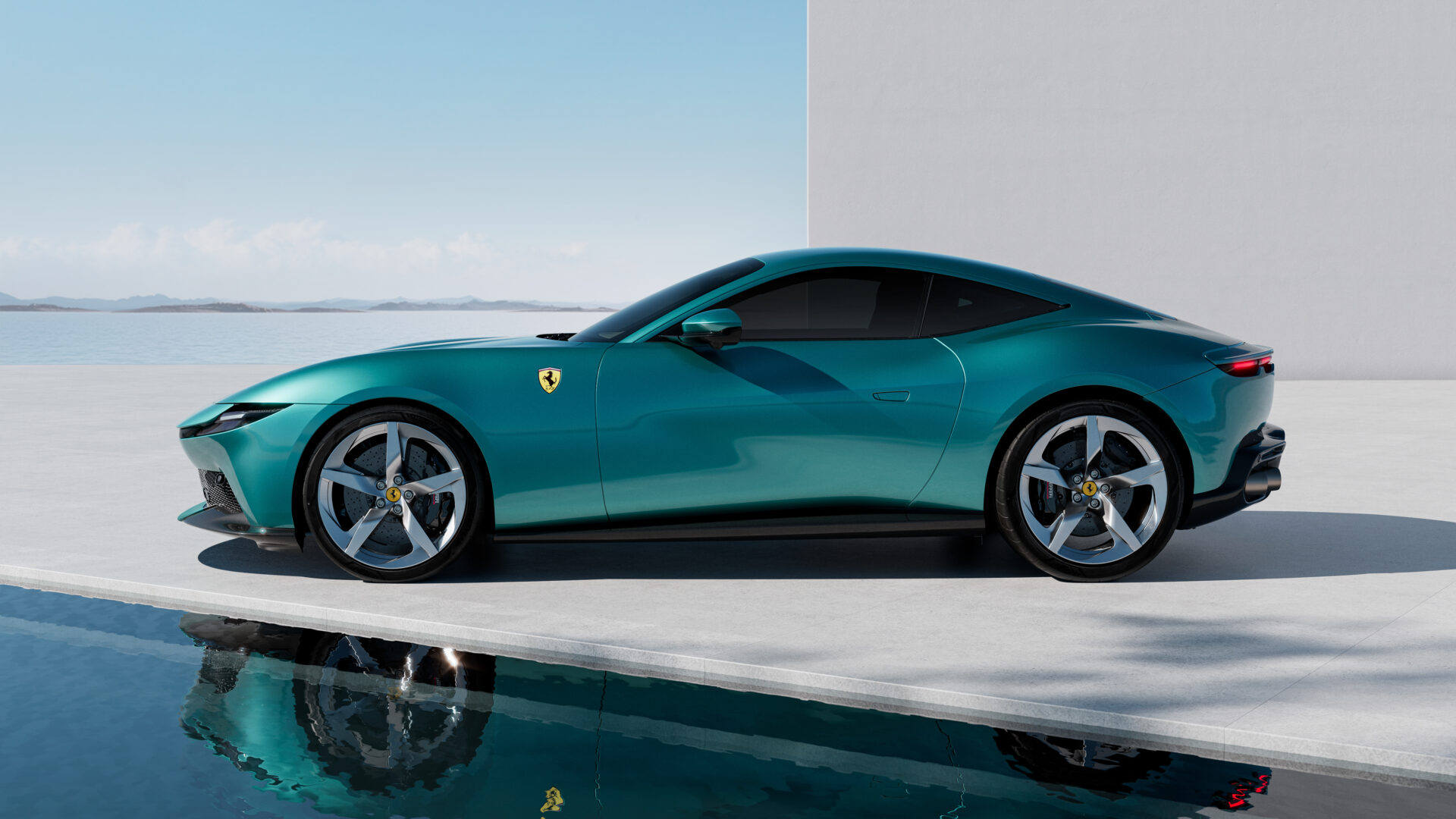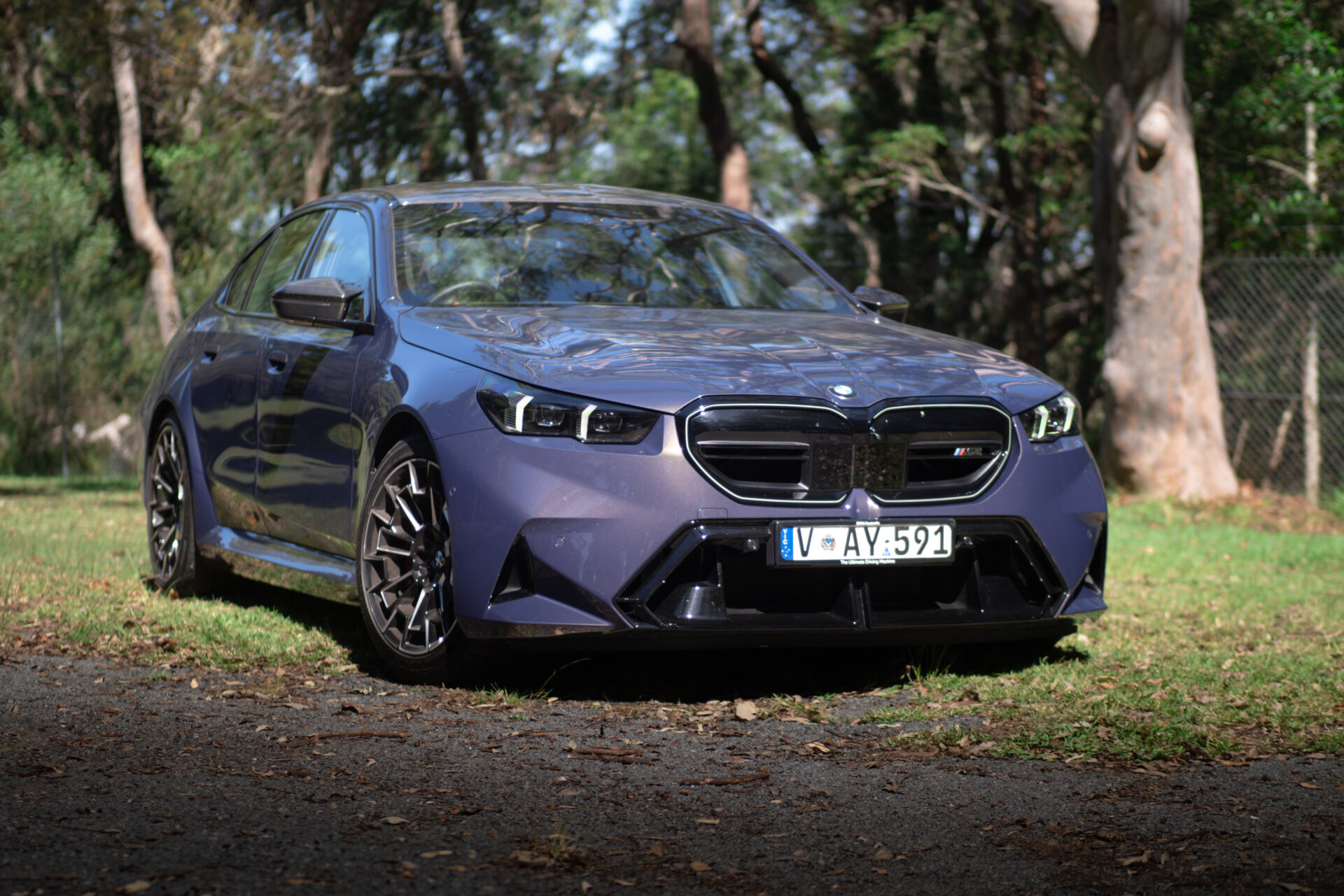Redline co-pilot Brendan Allen prised the Porsche Cayenne from Peter Anderson’s hands for a few days to see what the fuss is about.
You’d be forgiven for letting this latest release from Porsche slip under the radar as the brand continues to be diluted by countless SUVs out in the wild.
Take a drive around Sydney’s Eastern Suburbs or Melbourne’s South-East and I don’t think it’s an exaggeration to say that one in ten cars (not SUVs, but cars) is either a Cayenne or Macan S.
It’s the latter that leaves the Cayenne in an interesting position with the Macan pushing the price of Porsche ownership well below the $100,000 mark. The question is, does the Cayenne offer enough of a premium over its younger brother to justify the jump in price?
With this third generation of Cayenne being released in late 2017, it was always going to be interesting to see the sales figures as it lines up with the more affordable Macan. In 2016, Porsche moved 1,341 Cayennes in Australia, compared to a whopping 2,172 Macans.
But what’s interesting (or possibly inevitable) is in 2017 the Cayenne figures dropped by 17.2% to 1,111. Compare this to a 14.1% increase in Macan sales and you begin to see a clear picture emerging.
2019 Porsche Cayenne

Putting sales figures aside, let’s take a look at the Cayenne in a little more detail.
The first thing you notice is how big this car feels. It’s like stepping up into a Peterbilt every time you leave the house.
The driving position reflects this too, with the optioned two-tone partial leather seats in black-Mojave beige (aaaand breathe) providing a commanding view of both the road and the cockpit.
The lack of massage seats across the range seems like an interesting omission considering the offering from competitors.
The dash and centre console controls are what you would expect from Porsche with an abundance of customisation including the in-dash navigation and display for just about any adjustable electronic component.
The steering wheel is a definite highlight featuring comfortable hand positioning, however I found it rather unintuitive when it came to stereo controls. The volume control relies on buttons and they’re not the easiest to locate without taking your hands off the wheel.
I never did manage to find the track skip buttons despite my greatest efforts. I was forced to use the touch screen or the passenger stereo control knob (which I think would have been great to have on the driver side). Apple CarPlay is standard, which is a staple these days and expected even at entry level.
The media, climate and car controls all easily accessible and quite intuitive compared to the wheel controls, however I do find the lack of tactile response, especially while on the move, to be rather distracting. I often found myself accidentally hitting the next button over. The scroll-style volume wheel is a great, simple idea, but would be nicer if it wasn’t directly in front of the gear stick.
Overall, the interior offers a great, premium level of comfort, especially with the optioned Mojave beige interior and Panoramic roof option.
Driving

On the road, the Cayenne continues the tradition of providing a confident driving experience. Although the car feels big when getting in and out, once you are behind the wheel the heft seems to dissipate and you are left with a very rewarding driving experience.
The car handles like a much smaller SUV and although it’s no 911, it’s got a very chuckable nature. The feedback from the wheel is about as balanced as you’d like. Note that this vehicle is fitted with the ‘Power Steering Plus’ package which sharpens up the steering especially at speed.
The base model 3.0 V6 ‘turbo’ (it’s a turbo… but not a Turbo, if you know what I mean) provides plenty of punch to get around town and definitely complements that ‘nimble’ feeling when considering the size of the car.
Acceleration from a standing start is more than adequate to get out of any danger however, you might argue that the eight-speed Tiptronic gearbox is a little bit ‘jolty’ especially at lower speeds (see Peter’s review).
This is further exaggerated when switching to Sport Mode. When you hit the sport button in the centre console, you’ll immediately notice the engine note change from a purr to a growl and soon after you’ll also notice a more aggressive shifting tune, resulting in more jolting during downshifts.
My preference was to leave it in regular mode, and maybe just tighten up the suspension (a separate button with 2 levels of damping) if you enjoy a little bit more spirited school run.
Styling wise, the new Cayenne has clearly paved the way for Porsche’s global facelift, with the new 992 911, flaunting the same rear LED taillight setup as the Cayenne. It’s a step toward a more modern rear end, although you might argue that it’s taken away some of the uniqueness and made it look a little more like a lot of other SUVs on the road today, maybe even looking a bit like some of the current Korean offerings (who copies who these days?).
Time will only tell if the Cayenne can exist alongside the Macan. I believe that a big percentage of Porsche buyers are in it for the badge, so a Macan S should do the trick. But the Cayenne is a lot more capable than the Macan, setting itself aside as a true SUV in a market of crossovers and soft roaders.
Maybe just don’t tick the 21 inch wheel option if you want to take your Cayenne off the beaten track…
Options on our car included (Australian prices):
21-inch wheels Exclusive to the Cayenne – $7,660
Panoramic Roof – $4,490
LED Headlights – $4,380
Metallic Paint – $2,190
Tinted LED Taillights – $1,530
Heated Front Seats – $990
Two-tone Leather Interior – $870
Power Steering Plus – $650





Leave a Reply